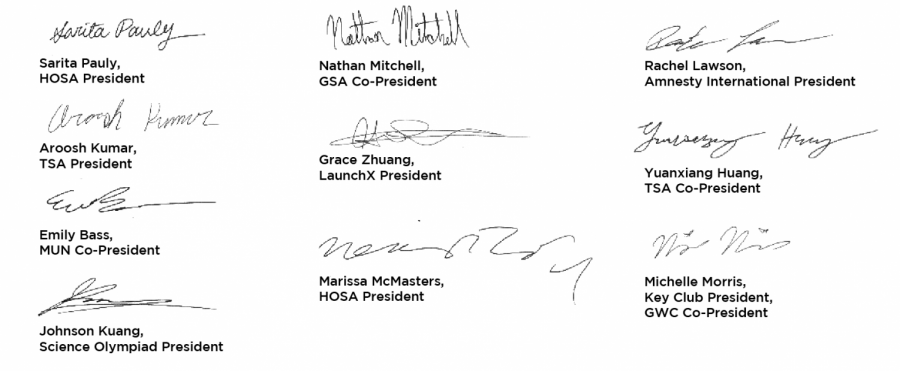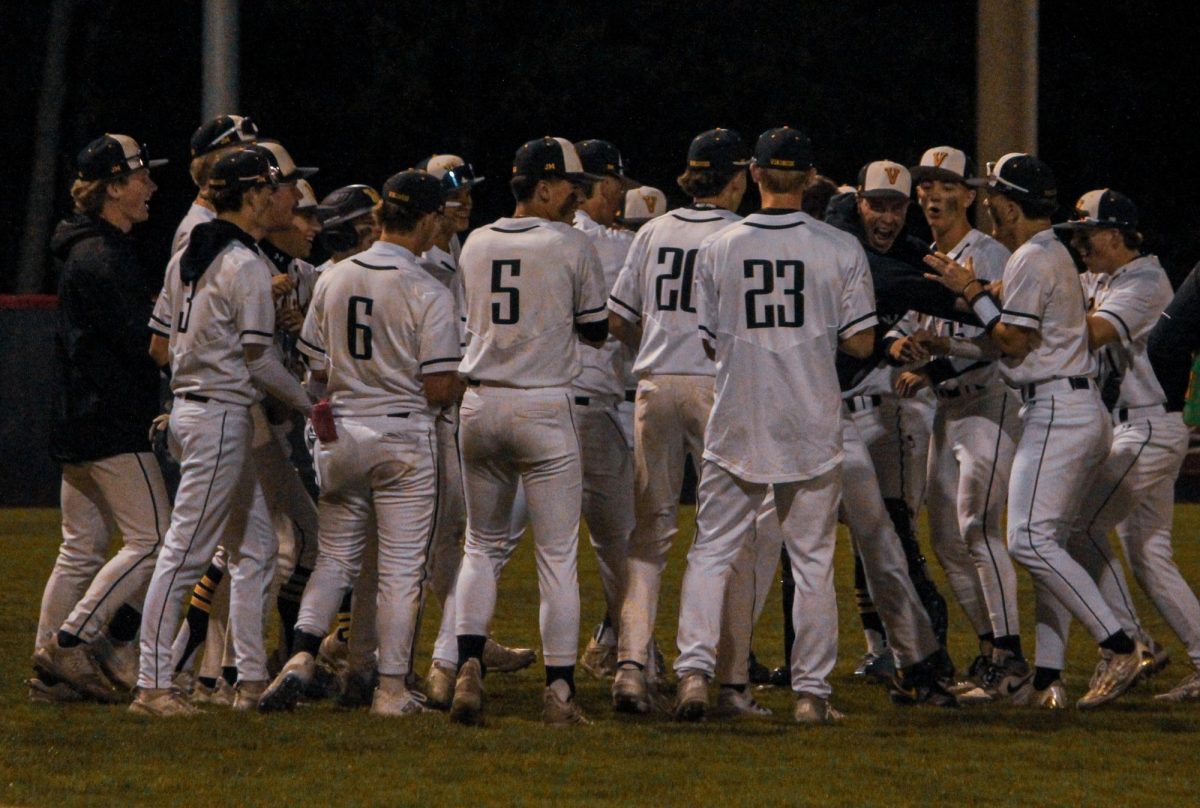Clubs are dying, and no one is doing anything to stop it. We currently have 38 clubs listed, and they all have distinct communities and cultures that make Inglemoor the place it is today. These clubs are an important part of our student body and allow students to make valuable connections with their peers regardless of grade level or classes. Clubs also allow students to explore their passions, giving them the chance to find out what interests them, whether that’s business, international relations or knitting.
Seniors will remember two years ago when they had 30 minutes of club twice a week, and club culture was thriving. Many clubs were the largest they had ever been, but everything changed when advisory was introduced. Last year’s advisory system was ineffective; this year’s is more organized but still ineffective for clubs. The greatest casualty of this issue has been FBLA, which went from being the biggest chapter in the state to being practically extinct.
Our current Monday club time schedule, while organized, is lacking consistency. Club time has been rescheduled several times to make room for lessons or presentations acknowledging a national holiday. Due to this, many clubs experienced fewer meetings per month than promised. If advisory kept a standard schedule, then clubs could plan around it; however, administration and ASB have not released a schedule to club leadership, resulting in difficulty scheduling within clubs as they don’t know when their next meeting will be.
While our current advisory schedule is ineffective, the new schedule the school is piloting for the weeks of March 18 and 25 would eliminate time for clubs entirely. The new schedule is from Bothell High School and has been effective there. In this model, we will replace advisory with three 15-minute “interventions” at the end of each block. These “interventions” would hold students with a C- or lower in class for those extra 15 minutes so they could work with the teacher on improving their grades. Students with a C or above would be allowed to use their new 15-minute break as they please. While this system addresses the ineffective nature of advisory, it also leaves no time for clubs, failing administration’s obligation to support the student body and the building of community at Inglemoor.
A possible solution could be to return to the 30-minute club time, similar to the system two years ago, instead of advisory. Another option would be to consolidate the new “intervention” time and offer it as club time, requiring students with poor grades to have an “intervention.” All things considered, it is apparent that there are a lot of ways this could go.
While many schools don’t have clubs during the school day, Inglemoor has set a precedent that club time needs to be during the school day. The possibility of clubs happening after school would drastically cut club membership because many students lack transportation home or have other after-school activities. All current options have been shown to be ineffective for clubs. We just hope that the administration considers the needs of clubs and the vital role they play in our school’s culture.

This Op-Ed is an opinion page written by members of the community acting in a role unaffiliated with Nordic News.















